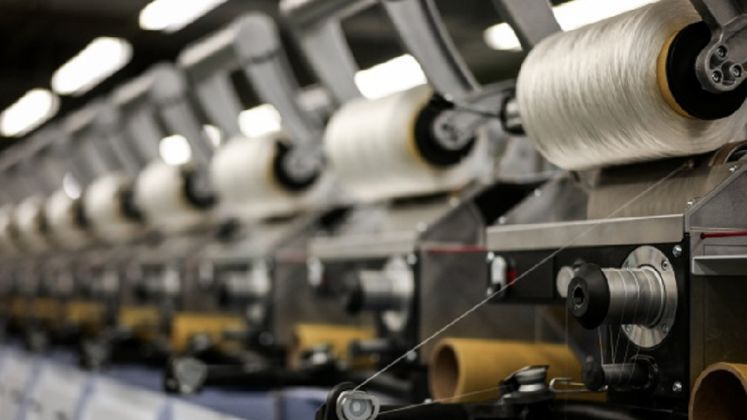
The Bangladesh Garment Manufacturers and Exporters Association (BGMEA), the leading trade body for the apparel industry, has announced new regulations requiring factories to disclose the unit prices of imported raw materials and finished garments during the issuance of Utilization Declaration (UD) certificates. The move aims to promote transparency and ensure accurate valuation within the sector.
In a circular issued on Sunday, BGMEA directed its member factories to include detailed unit price information when applying for UD certificates starting 1st September. The circular emphasises that accurate declaration of unit prices is vital for maintaining the competitiveness of Bangladesh’s export garments in international markets and for sustaining the trust of global buyers.
“The accurate declaration of unit prices for imported raw materials and export-ready garments is essential to uphold transparency and build confidence among our trading partners,” the circular states. It also notes that the National Board of Revenue (NBR) and international buyers have raised concerns over the industry’s transparency and valuation practices in the absence of such data.
The UD certificate is a key document used in customs clearance, facilitating duty-free import of raw materials for export production, and enabling access to trade preferences, incentives, and export facilitation. Both BGMEA and BKMEA (Bangladesh Knitwear Manufacturers and Exporters Association) issue UD certificates to their members based on each work order, detailing information about exporters, importers, and raw materials involved.
Currently, approximately 1,700 to 1,800 factories receive UD certificates monthly, corresponding to each work order. Mahmud Hasan Khan, President of BGMEA and Managing Director of Rising Group, stated that this is the first time the industry will require the declaration of unit prices in UD services. “This initiative helps us understand the actual level of value addition in our sector,” he explained. Khan added that the data collected will be used to generate monthly reports and guide industry strategies.
He further noted that, at present, there is limited data on the industry’s value addition levels. Once such data becomes available, BGMEA intends to advise its members on producing higher-value products or focusing on products with better profit margins, shifting the emphasis from volume to value.
Despite recent fluctuations, the value addition to Bangladesh’s ready-made garments (RMG) industry has yet to recover to pre-pandemic levels. Rising raw material costs, especially for yarn and fabric, have impacted export returns. Industry insiders point to increased imports of raw materials, such as yarn and fabric, which have contributed to subdued profit margins. Data from Bangladesh Bank indicates that the industry’s value addition has fluctuated over recent years, generally remaining between 54% and 64%. In FY25, Bangladesh exported approximately $39.34 billion worth of apparel, with imports of raw materials totaling around $16.12 billion, resulting in a net export value of $23.21 billion and a value addition rate of roughly 59%.
Bangladesh relies heavily on imported raw materials for woven garments, while many knitted items are sourced locally. However, recent internal issues like a gas shortage and reduced cash incentives for using domestic raw materials have led to increased imports. According to the Bangladesh Textile Mills Association (BTMA), knit fabric imports surged by over 32% to 0.51 million tonnes in FY25, up from 0.38 million tonnes in the previous year. Woven fabric imports also increased by approximately 16% to 0.62 million tonnes. Yarn imports similarly rose by 13.35%, reaching 1.24 million tonnes.
Additionally, Bangladesh imported 8.35 million bales of cotton last fiscal year, compared to 7.75 million bales in FY24, according to BTMA data. The industry continues to grapple with rising raw material costs and fluctuating export values, but the new declaration requirement aims to enhance transparency and support strategic industry development.






